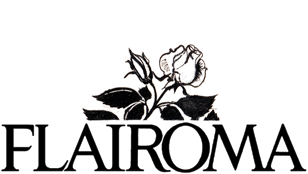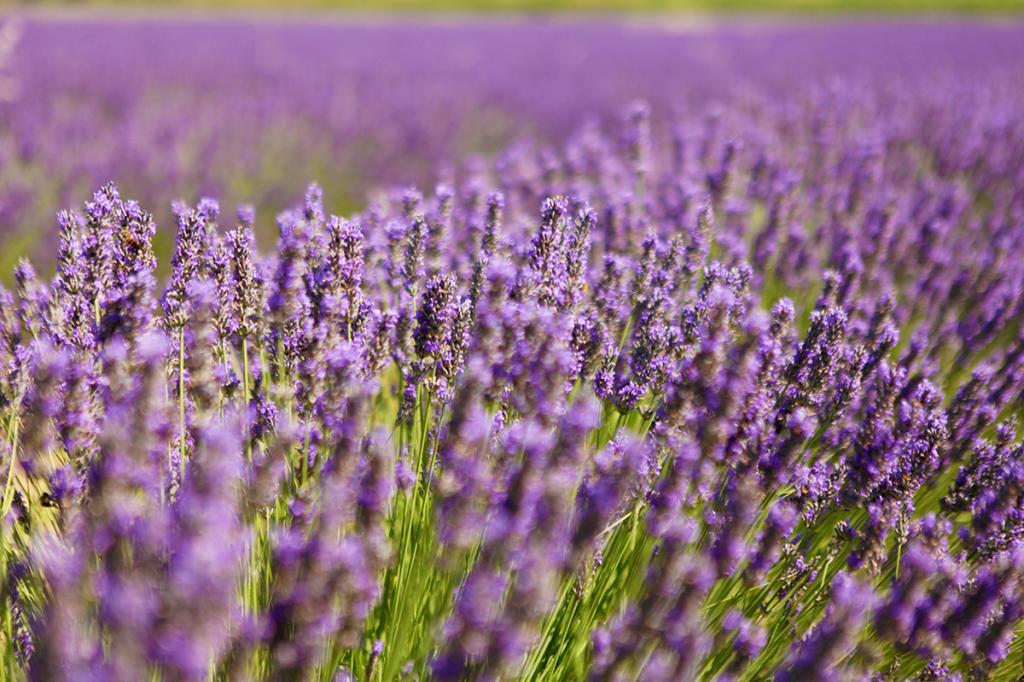Firstly, what is perfume? At its core perfume, or parfum, is a mixture of fragrant essential oils, aroma materials, fixatives and extracts. Modern advances in chemistry has seen the ability to further break down natural compounds into their single chemical components and even synthesise these individual chemicals for use in perfumery.
These advances have given the modern Perfumer a far wider palette of raw materials to use than ever before. But, more than simply a mixture of natural and synthetic aroma chemicals, perfume is an emotion. That is really the key to great perfumery, capturing an emotion and then sharing it with the world.
Perfumes have the power to let you relive an
emotion, a far off place, or a memory from your childhood. Really this
is the true meaning of perfume.
Perfumery, or the art of making perfumes, is believed to have begun in ancient Egypt and later refined by the Romans and Persians. These perfumes were made simply by crushing flowers and other aromatics and blending them with oils. There were also many herbs and spices available to enhance this basic form of perfumery.
Later the process was refined to the extracting of oils by means of distillation, a procedure which is commonly used today. These oils were then blended with alcohols to develop a more delicate fragrance and to allow the fragrance to dry more quickly on the skin.
Traditionally fragrances have always been created using a scale to measure the differing amounts of each ingredient. This is the most accurate way to measure perfumery materials as the variance in specific gravity between each raw material can mean a large difference in volume too. Fragrances have been made with care, by hand, for centuries and we choose to continue this tradition in creating our own fragrances at Flairoma.
The development of each fragrance has always been by a Nose, a Perfumer or Parfumier. This is another tradition that we adhere to with our own fragrance creations. We feel it keeps the warmth and humanity, traditionally in Perfumery, as opposed to the sterile laboratory feel of a gas chromatograph and complex robotic machinery churning out large volumes of industrial perfume.








